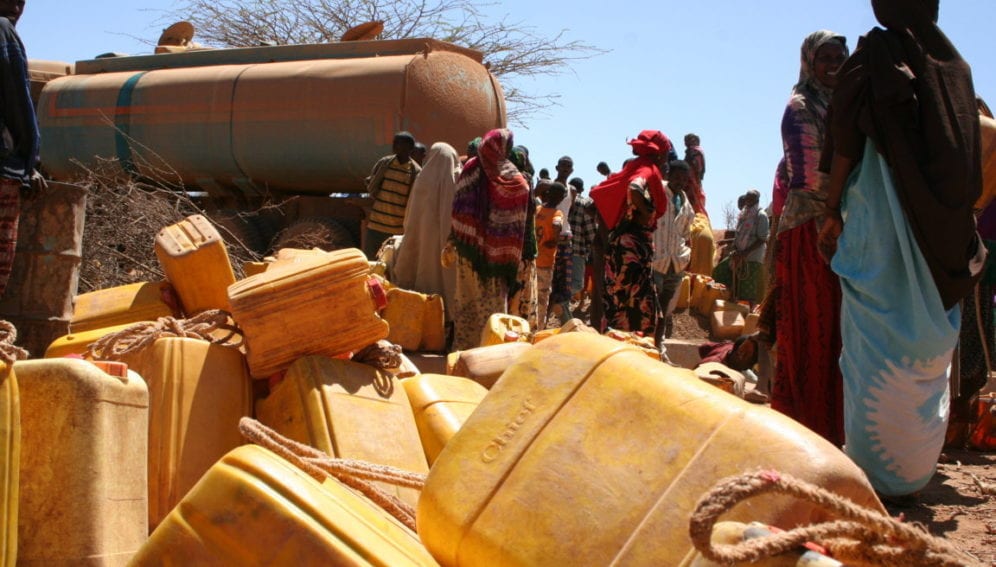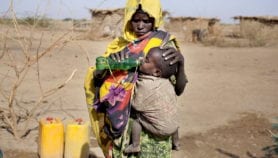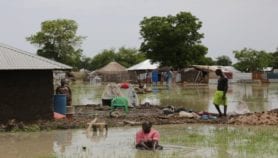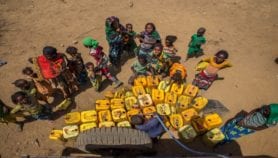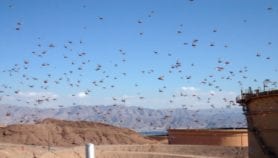Send to a friend
The details you provide on this page will not be used to send unsolicited email, and will not be sold to a 3rd party. See privacy policy.
[NAIROBI] Researchers have linked persistent, large-scale weather patterns that occurred in the Indian, Pacific and the Atlantic oceans to the 1983-1985 droughts in Ethiopia.
The researchers from Belgium and Ethiopia say changes in sea surface temperature and large movement of wind in many locations, including the Southwest, helped reduce the amount of rainfall in northern Ethiopia, thereby contributing to the droughts.
“However, based on the diagnostic discoveries, we hope to construct a drought prediction model for the Northern Horn of Africa soon.”
Sri Lancriet, Ghent University, Belgium
According to the study published in the International Journal of Climatology this year (19 June), the researchers analysed rainfall data in northern Ethiopia from 1948 to 2013. They used a procedure called empirical orthogonal teleconnection (EOT) analysis to determine the impact of atmospheric patterns in remote oceanic basins on June-September rainfall trends.
Sri Lancriet, the lead author and a doctoral student of the Department of Geography at Ghent University, Belgium, tells SciDev.Net that the objective of the study was to link rainfall in the dry region of northern Ethiopia with remote oceanic phenomena.
“We found relevant patterns in three oceanic basins: the Atlantic, Indian and Pacific,” says Lancriet. “[But] our model cannot be used to predict future droughts because it is a diagnostic model instead of a prediction model.
“However, based on the diagnostic discoveries, we hope to construct a drought prediction model for the Northern Horn of Africa soon.”
According to the researchers, EOT analysis accurately identified 83.7 per cent of the droughts risks that occurred in the 1980s in Ethiopia.
Lancriet advises East African meteorological departments to incorporate similar patterns in the Indian Ocean in their modelling to improve famine early warning systems.
Bernard Chanzu, a forecast specialist at Kenya Meteorological Service, says that Indian Ocean has patterns that are bound to recur and that each East African country should develop mitigation measures to ensure that droughts and famine do not occur.
“The East African governments should also put aside funds to deal with famines and natural occurrences such as El Niño to avoid unnecessary deaths,” Chanzu advises.
Link to abstract in the International Journal of Climatology
This article has been produced by SciDev.Net's Sub-Saharan Africa desk.
References
International Journal of Climatology doi 10.1002/joc.4074 (2014)


